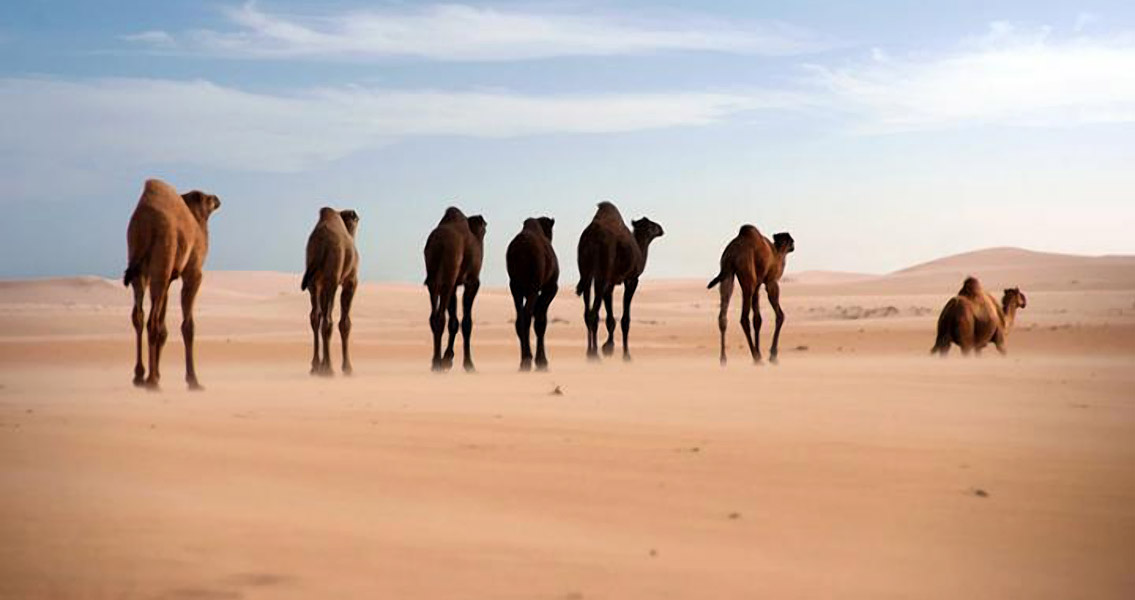<![CDATA[The dromedary, more well-known as the single-humped “Arabian” camel, has just had its time in the sun thanks to a brand-new research study that explores the animal’s unique genetic history. The new study takes examples of both modern and ancient DNA from the one-humped camel, nicknamed the “ship of the desert,” and examines how its use as a mount and a pack animal has had an impact on its genetic diversity. The international team of genetic experts involved in the study included geneticists from Saudi Arabia’s King Faisal University, Vienna’s University of Veterinary Medicine and the University of Nottingham in the United Kingdom; the research results show how crucial back-and-forth and long-distance movements were in the camel caravan routes of antiquity when it came to shaping the genetic diversity of the species. Desert countries have relied on the dromedary for more than 3000 years in order to aid human societal development. Between agricultural and commercial pursuits, the camel species still plays a pivotal role in hot and arid climates to this day, as it can be a source of meat, milk and transportation where other less well-adapted animals would wither and die. With the specter of climate change and advancing desertification looming on the horizon, the importance of the dromedary is on the rise, which has led to renewed interest in the species, its biology, and its reproduction. Geneticists gathered and analyzed DNA samples from more than 1,000 dromedaries across more than 20 different countries during the study. Researchers then examined ancient DNA bone samples from the remains of dromedaries that lived from between 400 CE and 1870 CE and compared them to samples of wild camels dating back as far as 5000 BCE to 1000 BCE, in order to glean as much information as possible regarding the species and its historic genetic development. In a press release from Nottingham, Professor Olivier Hanotte, a geneticist from the university’s School of Life Sciences, remarked that the team’s analysis revealed there was little in the way of defined population structure in modern single-humped camels. The genetics expert added that the team felt this was due to the amount of cross-continental travel during historic trading routes, and that the research results indicated extensive amounts of genetic flow. The only dromedary populations that show little to no evidence of this genetic flow exist in relative isolation in East Africa, according to Professor Hannotte. Professor Hanotte’s colleague and co-researcher, Dr. Faisal Almathen from King Faisal University’s Department of Veterinary Health and Animal Husbandry, remarked that as a species the dromedary has outperformed every other domesticated mammal, up to and including the donkey, when it comes to adapting to arid environments. The camel species has continued to provide crucial commodities to untold millions that reside in marginal agro-ecological areas, Dr. Almathen added, stating that the genetic diversity the team discovered is remarkable indeed when it comes to the history of the dromedary’s domestication. Much of this can be traced to genetic restocking from what the researcher called wild “ghost” dromedary camel populations, which enhances the creature’s ability to adapt in the longer-term when it comes to possible future scenarios of global climate change and advancing desertification. The new research study, which has been published in the Proceedings of the National Academy of Sciences, can be found here Image courtesy of Faisal Almathen]]>
Genetic History of Dromedary Camel Explored in New Study
